 Our World
Our World  Our World
Our World  Weird Stuff
Weird Stuff 10 Fascinating Facts You Might Not Know About Snow
 Miscellaneous
Miscellaneous Top 10 Things Crypto Was Supposed to Change & What Actually Did
 History
History 10 Huge Historical Events That Happened on Christmas Eve
 Music
Music 10 Surprising Origin Stories of Your Favorite Holiday Songs
 History
History 10 Less Than Jolly Events That Occurred on December 25
 Weird Stuff
Weird Stuff 10 Funny Ways That Researchers Overthink Christmas
 Politics
Politics 10 Political Scandals That Sent Crowds Into the Streets
 Weird Stuff
Weird Stuff Ten Bizarre Facts About The Doge Meme
 Our World
Our World 10 Ways Your Christmas Tree Is More Lit Than You Think
 Our World
Our World 10 Archaeological Discoveries of 2025 That Refined History
 Weird Stuff
Weird Stuff 10 Fascinating Facts You Might Not Know About Snow
 Miscellaneous
Miscellaneous Top 10 Things Crypto Was Supposed to Change & What Actually Did
Who's Behind Listverse?

Jamie Frater
Head Editor
Jamie founded Listverse due to an insatiable desire to share fascinating, obscure, and bizarre facts. He has been a guest speaker on numerous national radio and television stations and is a five time published author.
More About Us History
History 10 Huge Historical Events That Happened on Christmas Eve
 Music
Music 10 Surprising Origin Stories of Your Favorite Holiday Songs
 History
History 10 Less Than Jolly Events That Occurred on December 25
 Weird Stuff
Weird Stuff 10 Funny Ways That Researchers Overthink Christmas
 Politics
Politics 10 Political Scandals That Sent Crowds Into the Streets
 Weird Stuff
Weird Stuff Ten Bizarre Facts About The Doge Meme
 Our World
Our World 10 Ways Your Christmas Tree Is More Lit Than You Think
Top 10 Darkest Secrets Of Coca-cola
Coca-Cola was invented in 1886 by a pharmacist named Dr. John Smith Pemberton. Since it’s inception it has quickly become one of the largest and most influential companies in the world. Love or hate their drinks, everyone knows what Coca Cola is. But what many people may not know is the dark history and facts behind this world famous drink.
Top 10 Unusual Uses For Coca Cola
10 Water Shortages
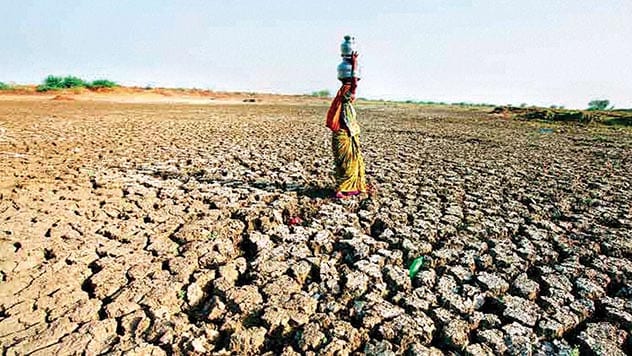
We all know that the exact formula to make Coca Cola is kept a secret. It will probably remain that way for a long time, if not forever. While we don’t know everything that’s put into Coca Cola, we do know that they most definitely use water. You can’t make most drinks without water, so it’s not surprising that the sugary drink has a lot of water in it. This, however, becomes a problem in countries that have issues getting clean water on a constant basis.
It takes a lot of water to make just one bottle of Coca Cola, and this has resulted in poorer countries not having any access to water due to Coca Cola factories using up all of the liquid. Not only do people not have enough water to drink, but they don’t have enough water for their crops, meaning they also miss out on watering, consuming, and making the food they need to survive.[1]
9 Employees Dying

You wouldn’t think that working at a Coca Cola factory could result in anyone dying, but that’s exactly what happened to several Coca Cola factory workers in Colombia. It was in 1986, and the day started off relatively normal when the factory was suddenly ambushed by a bunch of wild-eyed members of a nearby paramilitary group. A Colombian Coca Cola executive tried to get the men to leave, but the men refused and they ended up killing the executive. This resulted in the paramilitary group giving Coca Cola an ultimatum: be quiet and leave, or die. Of course, the employees left the factory as quickly as they could, where the group took over the factory and made it theirs. Coca Cola still receives criticism for this as they did very little to find out why this murder went down in the first place. Not to mention when the factory eventually opened up again, most of the original workers were simply fired.[2]
8 False Advertising
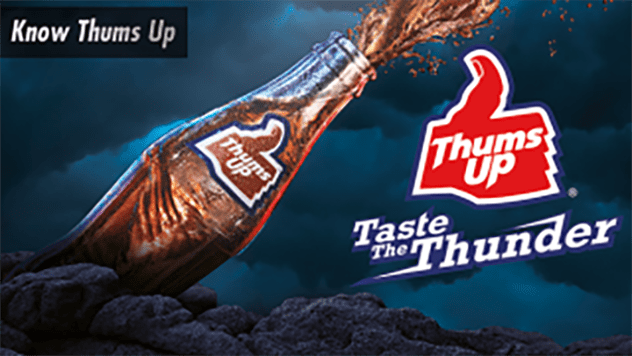
Coca Cola obviously wants to be the biggest beverage company in the world. At this point, it’s safe to say that they probably are. Although, their size hasn’t stopped them from buying out companies in order to make as much money as possible. This is what happened in India in 1977. Coca Cola had begun their expansion to India selling their products at local shops. Unfortunately, they didn’t do as well as they planned. Few people bought their product and Coca Cola lost a lot of money, so they left before they could lose any more cash.
Then in 1977, an Indian company called Thums Up appeared, and they sold their own fizzy drink. Coca Cola had already left leaving the opportunity for another company to take its place. Coca Cola ended up buying the Thums Up company and rebranding it. This caused people to think they’re giving their money to Thums Up, but it really ends up in the pockets of Coca Cola. This means that Coca Cola is selling Coca Cola without people even realizing it.[3]
7 Aggressive Selling Tactics
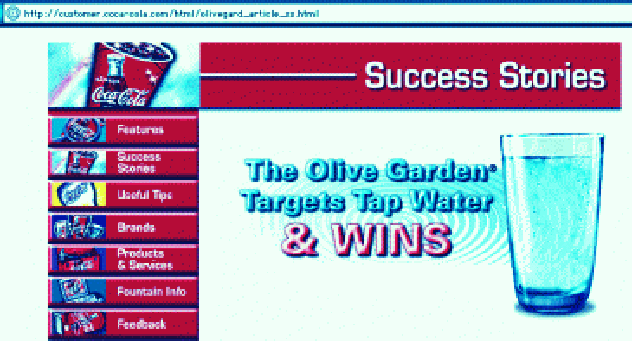
We all know how healthy water it is. We also know that we need to drink a decent amount every single day, but there was a time where Coca Cola was completely discouraging against that. All Coca Cola wanted to do was make as much money as possible by encouraging people to drink Coke over water. To do this, they launched a campaign that went by the name H2NO.
This campaign was supposed to get waiters and waitresses to push Coca Cola on customers instead of boring, old water. Coca Cola was trying to get restaurants on their side by saying water would simply bore the customers, and that Coca Cola would instead make them feel buzzed. Maybe they assumed customers would spend more money on food, which would benefit both Coca Cola and the restaurants in the long run. This was basically a way for Coca Cola to take down their competition: water. Plus, they got some extra cash in the process.[4]
6 Health Concerns
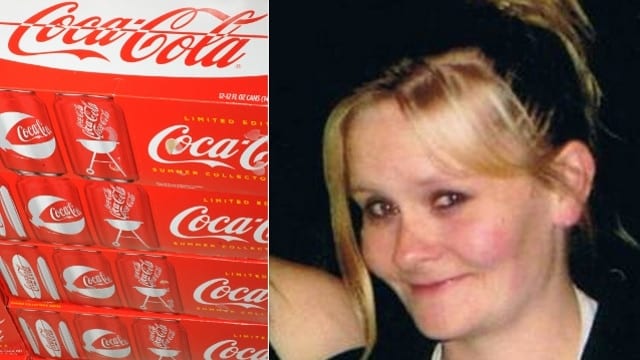
Can Coca Cola kill you? If you drink enough of it, it apparently can. Coca Cola faced criticism when a woman from New Zealand apparently drunk herself to death by drinking too much of the soda. She was only thirty, and she spent most of her days gulping down bottle after bottle of Coca Cola. The coroner who observed the woman’s body said that many of her medical conditions could be linked back to her Coca Cola addiction, which raises the question… Just how addictive is Coca Cola?
There’s no doubt that many people drink Coca Cola several times a day, but what’s never acknowledged by the company is what makes their particular ingredients so addictive that it has the ability to lead to an adult’s death. The coroner did say that if she hadn’t been drinking so much Coca Cola, then she still would have been alive, something Coke never really faced up to.[5]
5 Marketing Towards Children
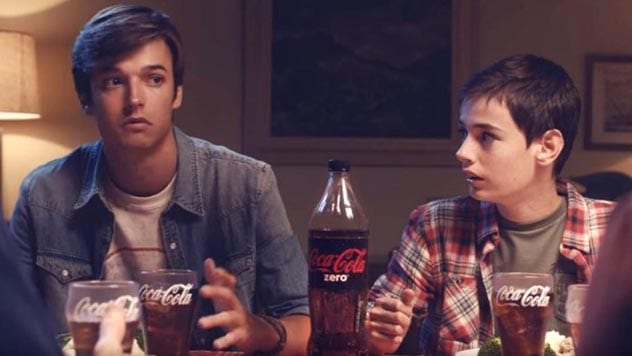
In the 1990s, Coca Cola was trying to tackle the idea of getting the younger generations to consume their products. The 90s were a time where things were slowly changing in regards to what we ate and drank, but Coca Cola was quick to jump and make certain that kids would drink their products and their products only while at school.
The company would hand over money to schools which would result in Coca Cola getting the rights to sell their drinks in said schools. This resulted in one New York school getting a stadium with a giant Coca Cola sign, which meant kids were being advertised to even when at school. Schools were then urged to sell the products to the kids, despite how unhealthy too much of the product can be. Schools were even threatened with making less money if they sold drinks like milk and fruit juices.[6]
4 Exploiting Farmers
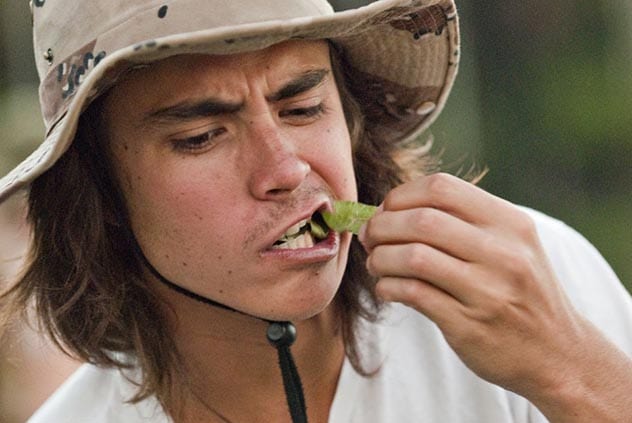
Coca Cola clearly has no issues trying to beat out their competition and make as much money as possible. This can be seen with how they source their ingredients. The company used to get their coca leaves from local farmers in Peru, and some say that some of the U.S factories are still doing this. The issue with that is that coca leaves are almost entirely illegal around the globe. They are commonly used to make cocaine, and this, of course, is an illegal drug. The real problem is that coca leaves can technically be used for other things as well. Legal things, like candy. If they’re made correctly, of course.
Because of the drug laws that have been implemented, these farmers in Peru can only sell their products to Coca Cola. They’re the only company in the U.S that’s allowed to have access to the leaves. This means Coca Cola can ask for the leaves for pretty much any price they want, which leaves a lot of the farmers poor and struggling – something Coca Cola doesn’t really address despite how much money the company makes.[7]
3 Misleading Medical Studies

The Coca Cola company was under fire a few years ago due to their research department employees speaking out about misconduct. Coca Cola has always been branded as a company that promotes unhealthy, sugary drinks. It is a fact that Coca Cola’s drinks contain quite a bit of sugar, and we all know that sugar can lead to obesity. Coca Cola, however, was funding scientists who would instead place the blame on people simply not exercising.
Coca Cola wanted the world to know that obesity had nothing to do with what a person consumed, and everything to do with their lack of movement and exercise. A lot of people claimed Coca Cola was being extremely irresponsible with the data they were sharing, as it did not take into consideration just how damaging sugary drinks can be. The company said that obesity couldn’t be dealt with by cutting down calories, something that a lot of nutritionists disagree with.[8]
2 Originally Contained Cocaine
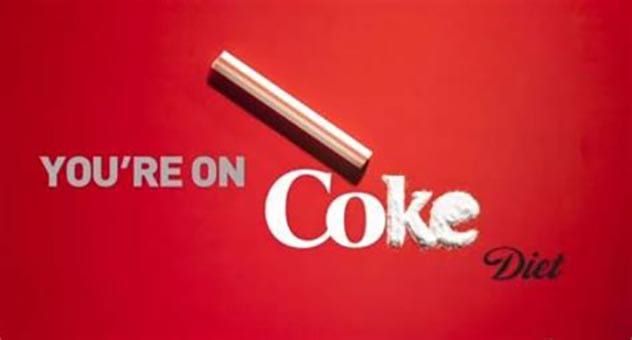
Coca Cola used to contain traces of cocaine in their drinks. It might sound like some silly urban legend you heard at school, but it is true that the fizzy drink used to contain the drug. There have been countless disagreements on how much was featured in the drink, but the fact is that Coca Cola used to use coca leaves in their products – and some say that they still do. In those leaves, you’ll find cocaine alkaloid – which, of course, can be used to create cocaine.
In 1903, the company began to slowly but surely remove cocaine from their drinks – mainly because a lot of white Americans became worried about the overwhelming amount of African Americans who were buying Coca Cola. Many weren’t allowed to use fountains, so they ended up just buying their own drinks instead. White Americans were fearful that this would result in them being attacked by people consuming the drug-filled liquid, so Coca Cola moved on from the leaves.[9]
1 Coca Cola Wine?
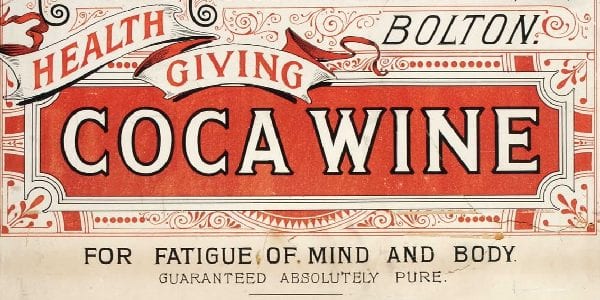
At this point we all know that Coca Cola had traces of cocaine in their drinks, but did you know that Coca Cola was originally meant to be a straight-up alcoholic drink? Coca Cola was supposed to be simple but sweet tasting wine, but prohibition came around, making the overall drink illegal. That was when the creator of Coca Cola decided to include cocaine into the drinks instead. They then rebranded the drink as a headache cure, with the medicinal power coming from the cocaine. This was, of course, a time before people really knew what kind of damage cocaine could actually do.
While Coca Cola never seems to really acknowledge the odd things in their drinks, they were criticized recently because of reports that were released. The reports stated that Coca Cola did indeed contain traces of alcohol, which doesn’t appear to be written anywhere on the bottle. This caused an uproar, especially in countries that have a strict anti-alcohol culture.[10]
Top 10 Ridiculous Myths People Believe About Fast Food








